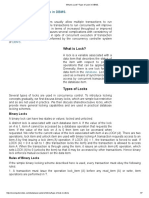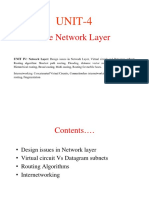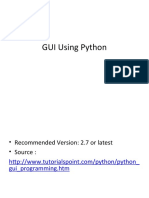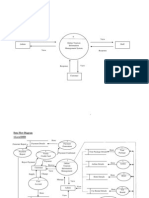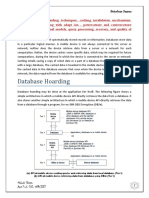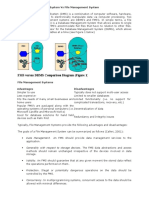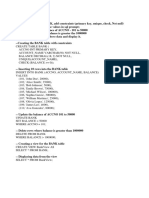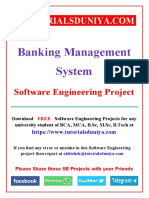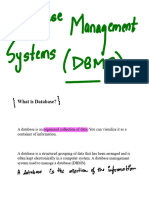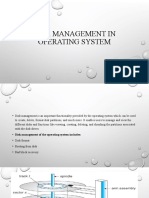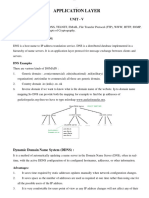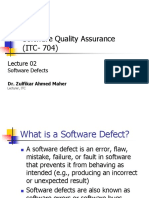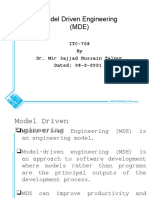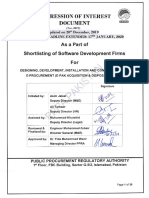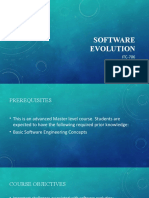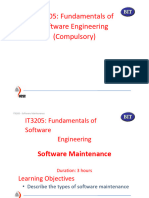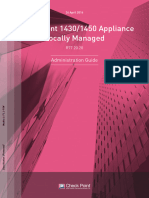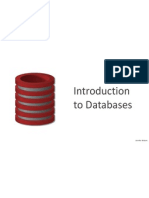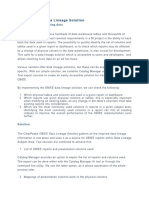0% found this document useful (0 votes)
353 views19 pagesDatabase System (ITC-408)
This document provides an introduction to database systems. It defines what a database is, including that it is a collection of logically related data. It also defines what a database management system (DBMS) is, which is the software used to create and manage databases and allow users to store, process, and analyze data. The document then discusses the background of databases, including the disadvantages of traditional file-based systems compared to database systems, such as data redundancy, inconsistency, limited sharing and inefficient retrieval.
Uploaded by
Abdul WahidCopyright
© © All Rights Reserved
We take content rights seriously. If you suspect this is your content, claim it here.
Available Formats
Download as PDF, TXT or read online on Scribd
0% found this document useful (0 votes)
353 views19 pagesDatabase System (ITC-408)
This document provides an introduction to database systems. It defines what a database is, including that it is a collection of logically related data. It also defines what a database management system (DBMS) is, which is the software used to create and manage databases and allow users to store, process, and analyze data. The document then discusses the background of databases, including the disadvantages of traditional file-based systems compared to database systems, such as data redundancy, inconsistency, limited sharing and inefficient retrieval.
Uploaded by
Abdul WahidCopyright
© © All Rights Reserved
We take content rights seriously. If you suspect this is your content, claim it here.
Available Formats
Download as PDF, TXT or read online on Scribd
/ 19
